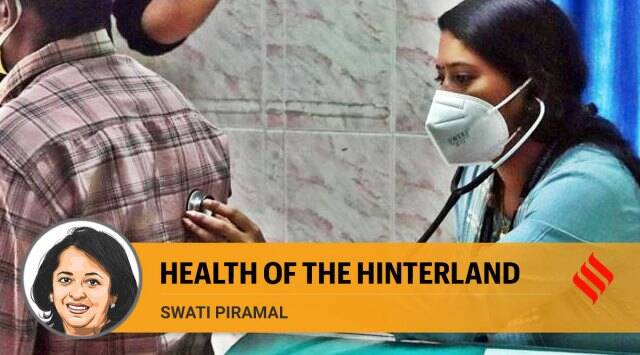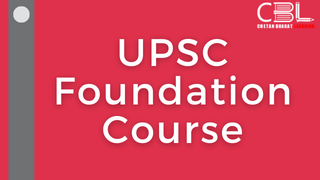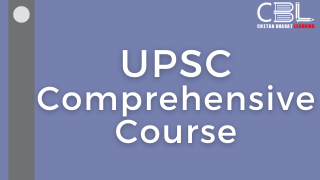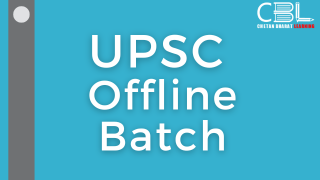Important for
Prelims: Social Issues
Mains: General Studies Paper I
NEWS: India@75, Looking at 100: How we can resolve the tribal health challenge

- In over seven decades since Independence, India has made remarkable strides, emerging as the world’s fifth-largest economy and a leader in the digital realm.
- India, at various points, has demonstrated the ethos of Vasudhaiva Kutumbakam — One World, One Family.
- “Vaccine Maitri”, India provided over 60 million vaccine doses to neighbouring countries and other parts of the world. For a country with an over 1.4 billion population, our healthcare ecosystem is truly a feat to be proud of.
- Tribal communities in India constitute a significant portion of the country’s population, accounting for approximately 8.9%.
- Out of the total Schedule Tribe population, approximately 2.6 million (2.5%) belong to “Particularly Vulnerable Tribal Groups” (PVTGs) known as the “Primitive Tribes” – the most disadvantaged of all the Schedule Tribe communities.
- They are spread across various states, with higher concentrations in states like Madhya Pradesh, Maharashtra, Odisha, Chhattisgarh, Rajasthan, the NER states and the Andaman & Nicobar Islands.
The Ministry of Tribal Affairs :
- mortality rate : in tribal areas is 44% higher than the national average, and
- infant mortality : is 63% higher.
- The challenges they face are multifaceted — lack of infrastructure, medical professionals, connectivity, affordability, equipment, insurance, funding, and much more.
- suitable investments, public policy and governance, we can make healthcare affordable and accessible to all.
- Empowering tribal communities must be done strategically, keeping in mind their traditions and other intangible heritage touchpoints.
- More communitarian social setup, an underdeveloped economy dependent on forest resources and unique geographic conditions, among others. As a result, their health outcomes necessitate a unique approach.
- investing in medical colleges and training centres across such remote areas. These institutions can equip local healthcare providers with the necessary skills and knowledge to offer quality healthcare services.
- Recently, NITI Aayog and United Nations Development Programme (UNDP) jointly released a compendium of best practices across 14 social sectors, highlighting initiatives that are sustainable, innovative, impactful and replicable. Among them is the Mera Baccha Abhiyan, which aims to fight malnutrition through public participation in Datia district, Madhya Pradesh.
- malnutrition rate in the district dropped by 17.5 per cent,
- rise in immunisation from 53.2 per cent to 79.6 per cent, breastfeeding from 32 per cent to 56.4 per cent, and a drop in diarrhea from 12.9 per cent to 5.7 per cent.
- This scheme perfectly demonstrates the power of public partnerships in healthcare provision.
Practice Questions for Prelims
Mains Practice Question




Leave a Reply
You must be logged in to post a comment.